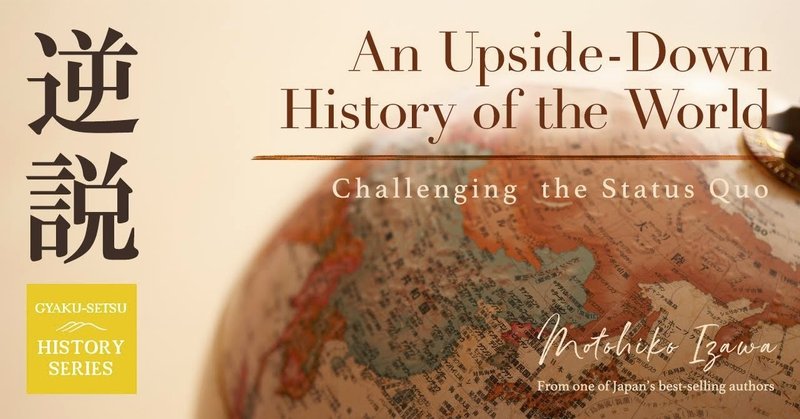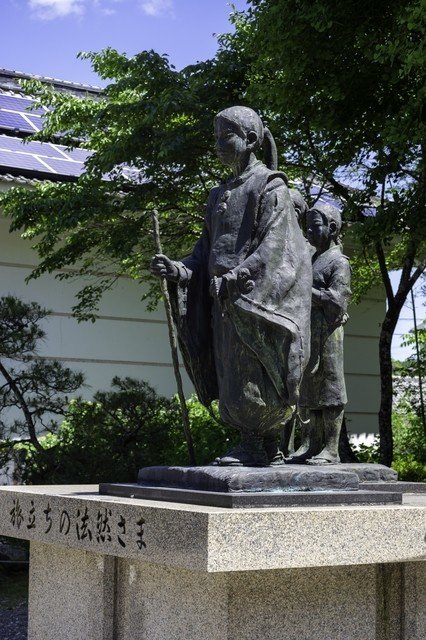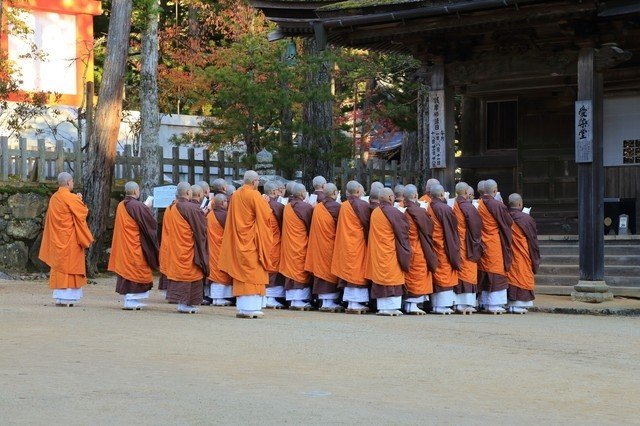
(105)Section 5: The Rise and Fall of Polytheistic Civilization II
Chapter 1: The Indus
9-2 The Dawn of Amida and the Silk Road
Honen was a man firm in his beliefs. With a genuine, earnest faith in Amitabha, he preached, rebirth in the Pure Land was in reach. At the end of his life, he left behind a brilliant essay summing up his experiences and convictions. Titled Ichimai-kishōmon (“One-Sheet Document”), the essay is, I think, one of the greatest written works ever produced by a Japanese author. The work, in its entirety below, is relatively short:
In China and Japan, many Buddhist masters and scholars
understand that the nembutsu is to meditate deeply on Amida
Buddha and the Pure Land. However, I do not understand the
nembutsu in this way. Reciting the nembutsu does not come
from studying and understanding its meaning. There is no
other reason or cause by which we can utterly believe in
attaining birth in the Pure Land than the nembutsu itself.
Reciting the nembutsu and believing in birth in the Pure Land
naturally gives rise to the three minds (sanjin) and the four
modes of practice (shishu). If I am withholding any deeper
knowledge beyond simple recitation of the nembutsu, then
may I lose sight of the compassion of Shakyamuni and Amida
Buddha and slip through the embrace of Amida's original vow.
Even if those who believe in the nembutsu study the teaching
which Shakyamuni taught his whole life, they should not put on any airs and should sincerely practice the nembutsu, just as
an illiterate fool, a nun or one who is ignorant of Buddhism. I
hereby authorize this document with my hand print. The Jodo
Shu way of the established mind (anjin) is completely imparted here. I, Genku, have no other teaching than this. In order to
prevent misinterpretation after my passing away, I make this
final testament. January 23, the Second Year of Kenryaku
(1212) (http://www.jodo.org/teachings/teachings02.html)
Kukai, Esoteric Buddhism, and the Shingon Sect
So that future generations would not discount the uncomplicated nembutsu in favor of loftier, more esoteric Buddhist teachings, Honen outlined the essence of what he considered the true teachings of Buddhism in his own handwriting.

▲Statue of a young Honen Shonin seeking enlightenment
© papa88 / PIXTA
As a side note, in Japan, handwritten notes often included as an additional mark of personal identification a person’s fingerprint and palm print—an age-old tradition, by the way. Everyone knows today that fingerprints are an integral part of criminal investigations around the world. But the beginning of fingerprint identification in the west was set in motion by English missionary Henry Fauld (1843-1930) who, after learning on a trip to Japan the Japanese people’s use of the thumbprint in place of seals and signatures, presented his research on fingerprints in the English scientific journal Nature in 1880. In any event, Honen’s worries of dissent were likely stoked by one man by the name of Kukai—a Japanese monk who had traveled to China with Saicho and learned about the esoteric teachings of Esoteric Buddhism (classified under Mahayana Buddhism) before bringing back the very non-Tendai principles to Japan.
As you could guess, Esoteric Buddhism deals with esoteric doctrine. In the same way that the founders of Mahayana (“the great vehicle”) Buddhism referred to earlier Buddhism with the pejorative hinayana (“the inferior vehicle”), the founders who established Esoteric Buddhism in Japan referred to previous schools of Buddhist thought as “exoteric” (kengyo) or apparent teachings. Their esoteric teachings (mikkyo), according to them, covered everything, both apparent and hidden.

▲The grand head temple is Koyasan Kongobu-ji Temple
© kenji / PIXTA
That is, the basic idea behind mikkyo is that not all of the Buddha’s teachings can be conveyed by the written word (scripture); the Buddha’s teachings were also handed down orally from teacher to student, so one must learn from those teachers who inherited the esoteric teachings to truly understand the Buddha’s intent.
In this sense, Esoteric Buddhism is skeptical of Buddhist scripture translations and places a great deal of importance on the original Sanskrit texts or shingon (literally “true words” or “true words of Buddha”) as it calls them. Shingon Buddhism, its namesake, happened to have had more than a few followers during Honen’s time, which could explain why he was being so careful. Honen’s principles would eventually be recognized as Jōdo-shū (the Pure Land School), a branch of Pure Land Buddhism that would achieve further development under Shinran, Honen’s star disciple and founder of Jōdo Shinshū (the True Essence of the Pure Land Teaching). Shinran also cast aside the fundamental precepts of Buddhism and became a married man.
Needless to say, the point of departure in early Buddhism was the renouncement of family life and the embracement of the priesthood. And it was this lifestyle, the fundamental, most basic teaching of pre-Mahayana Theravada states, that is the only path to enlightenment. That is, the historical Buddha, Siddhartha Gautama, achieved enlightenment by giving up marriage and children. This is why sex with a woman, while not as serious as murder, is one of the gravest sins a Buddhist priest can commit.
Instead, Shinran sought enlightenment through marriage. So how is this acceptable? It’s an act of the Primal Vow by Other Power.
< Read the next installment July 15 >
Editor/ Noriko Knickerbocker , Aquarius Ltd.
Translator/ Matthew Hunter , Aquarius Ltd.
©Motohiko Izawa 2018-2019 All rights reserved. No reproduction or republication without written permission.
Izawa tackles for the first time the mysteries of the world in a historical journey of intrigue and cross-cultural understanding.
